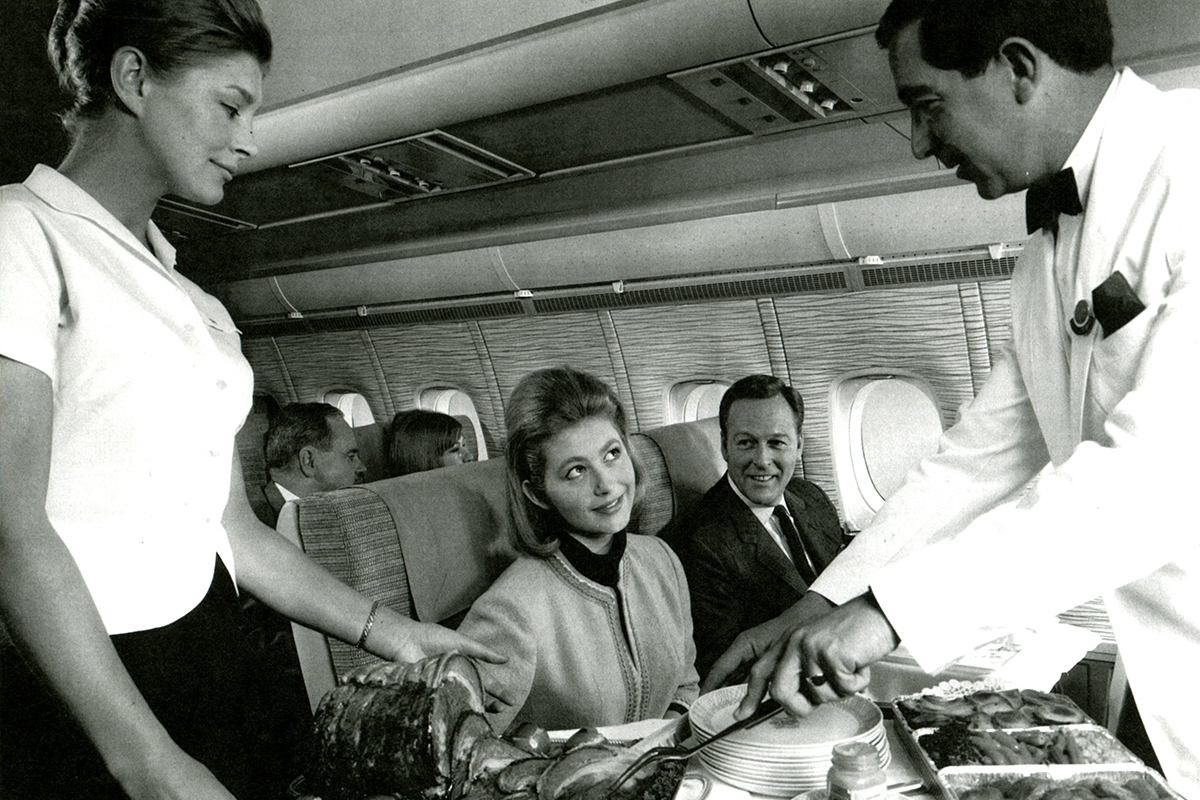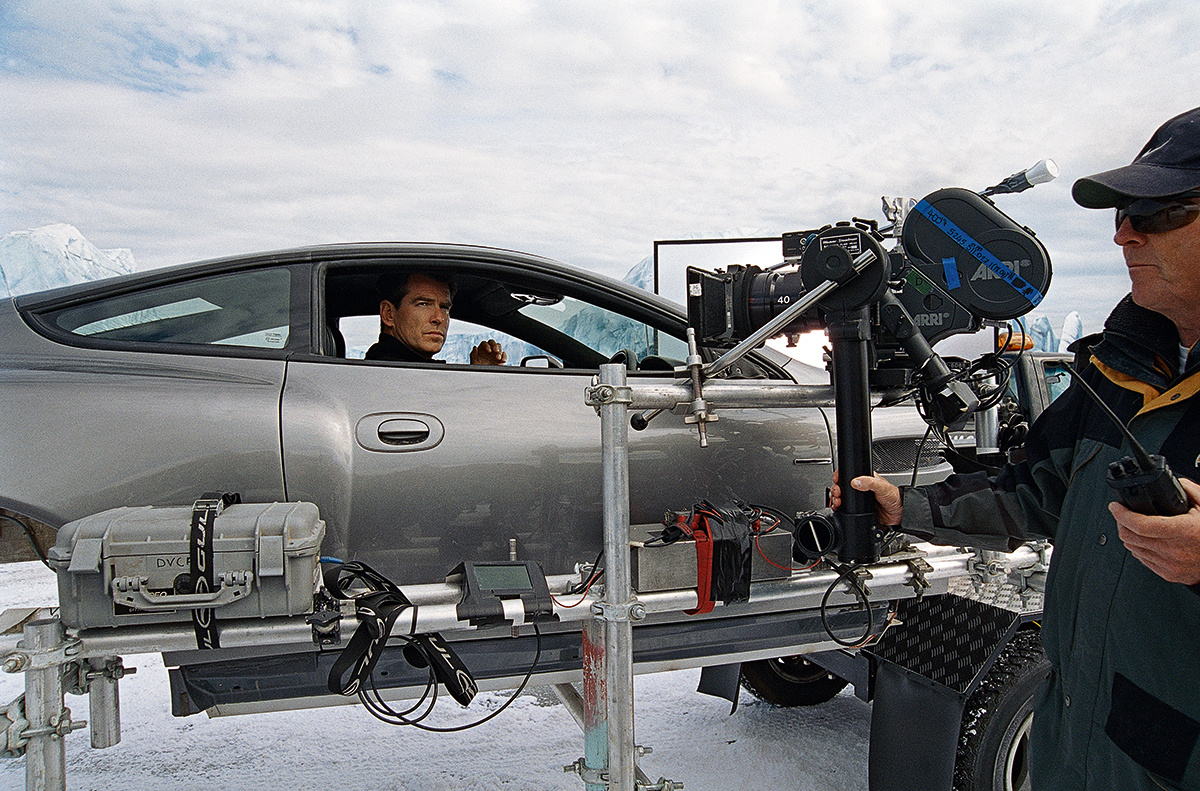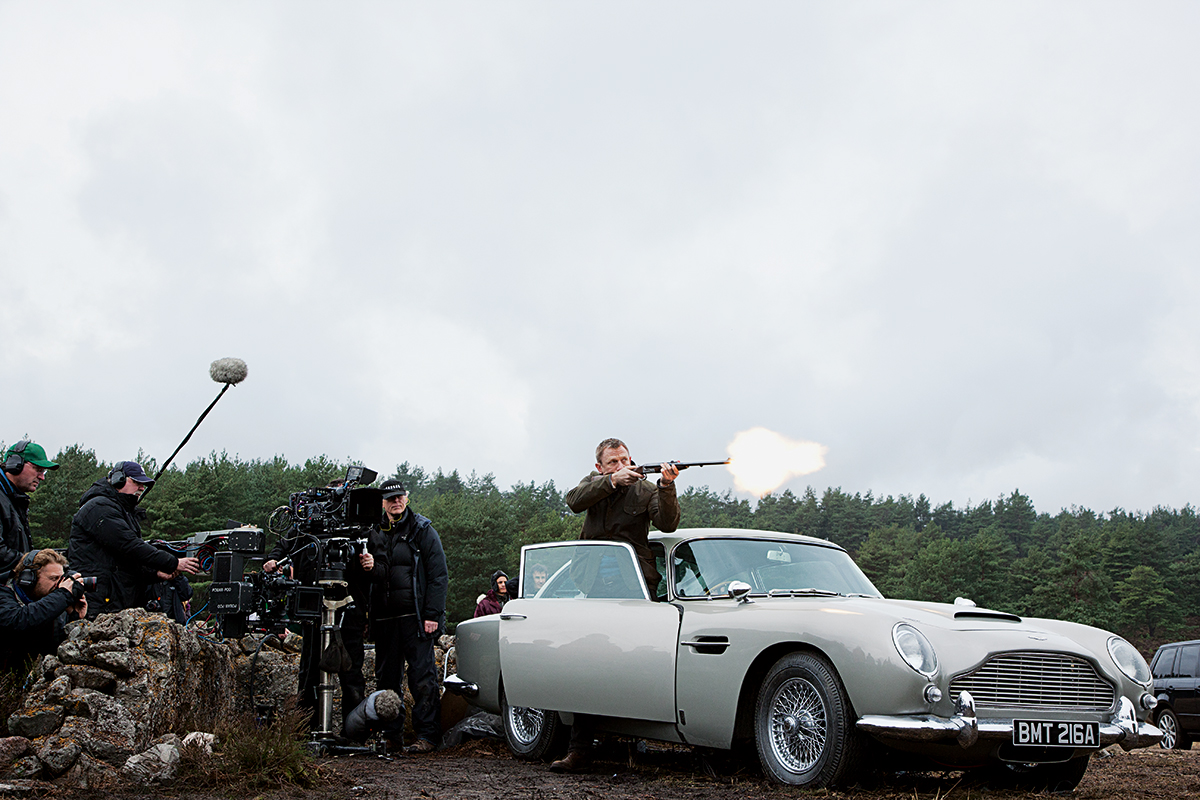Previous Article
Next Article
- AM WORLD
- FEATURES
- 100 YEARS OF ASTON MARTIN
- ARCHIVE
CENTENARY

Highs & lows
A golden era FOR ASTON MARTIN under David Brown was followed by a fight for survival in the 1970s and 1980s, writes Richard Meaden in the second of his three-part history of the company

Top: the Queen, escorted by David Brown, visits the Newport Pagnell production line in 1966. Bottom: the 1959 Le Mans 24-hour, won by Aston Martin Racing drivers Reg Parnell, Carroll Shelby and Roy Salvadori.
The DAVID BROWN YEARS: 1947-1972 The advert in The Times read: “High-class motor business, established 25 years, 30,000 pounds, net profit last year 4,000 pounds. Write Box V. 1362, The Times E.C.4.” Wealthy engineering magnate David Brown responded to the advert, discovered it was for Aston Martin and purchased the company in February 1947 for £20,000, having driven an advanced prototype of the Atom. Brown also bought the struggling Lagonda and merged the two to form Aston Martin Lagonda Limited.
Like those who had gone before, Brown was a motorsport enthusiast. In 1948, the Two Litre Sports model (later retrospectively named the DB1) made its debut and promptly won the 24-hour race at Spa-Francorchamps, driven by Jock Horsfall and Leslie Johnson. However, Brown was already looking at a new six-cylinder powerplant and in 1949 Aston Martin took a trio of its new DB2 models to Le Mans. One of them, registration UMC 66, was fitted with a new 2.6-litre in-line six-cylinder engine. The car retired with water pump failure but it laid the foundations of the DB2 road car, which was unveiled at the 1950 New York Motor Show.
The new car was a great success on road and track and it was the first Aston Martin to feature a more powerful “Vantage” variant. The Vantage’s Willie Watson-designed 2.6-litre engine had a higher compression ratio and produced 123bhp to the standard car’s 107bhp. The DB2 was a springboard for the revitalised Aston Martin. In 1955 David Brown bought Tickford Motor Bodies, a coachbuilder in Newport Pagnell with a highly skilled workforce, and production began to shift from Feltham to the small town in Buckinghamshire.
The evolution of the road and racing programme continued apace with the DB2/4, the first “high-speed” hatchback and then the DB4, DB4 GT and DB4 GT Zagato. The DB4 was the first road car tested by Autocar capable of 0-100-0mph in under 30 seconds and it could reach 140mph. The shorter-wheelbase DB4 GT, developed with endurance racing in mind but available for the road, produced 302bhp from its 3.7-litre in-line six-cylinder engine and, with a 91kg weight reduction, its performance was further enhanced. Independent tests recorded 0-100mph in 14.2 seconds and a 150mph top speed. The Zagato version was even more extreme, trimming 45kg from the weight thanks to acrylic windows and thinner-gauge aluminium panels, and it had another 10bhp just for good measure. It also was the beginning of a long relationship between Aston Martin and the Milan-based coachbuilder. Just 19 of these exclusive cars were built.
David Brown had transformed Aston Martin and was proving the qualities of the road machines through considerable racing success. In 1959, the Ted Cutting-designed DBR1 won the World Sports Car Championship after victories at the Nürburgring 1000km with Stirling Moss at the wheel, and then the final round at Goodwood, where the car was shared by Moss, Carroll Shelby and Jack Fairman. In fact, Moss drove two cars, the DBR1/3 (until it was withdrawn) and then took over the DBR1/2 from Shelby and Fairman, taking it over the finish line. The 1959 campaign also saw Aston Martin’s most famous victory ever, when a DBR1 driven by Shelby and Roy Salvadori resisted the challenge of a glut of Ferraris to win the 24-hours of Le Mans. David Brown, ever the showman, drove the car back to the team base in La Chartre, declaring it fit for another 1,000 miles or more.
These successes and the advanced, lightweight and powerful cars built in this era set the template for Aston Martin’s future and still inspire the company today. However, it was an on-screen relationship, begun in 1964, which perhaps burned most completely Aston Martin’s unique qualities into the hearts and minds of the world. The DB5 famously became James Bond’s car in Goldfinger. It was the beginning of the greatest partnership in film history and the DB5 became the most iconic car in the world almost overnight.

The DB4 GT Zagato began Aston Martin’s fruitful relationship with the Milan coachbuilder
David Brown pushed forward with the William Towns-designed DBS and DBS V8, which were a radical departure from previous DB models and ushered in the new 5.3-litre V8, another Tadek Marek design. However, Brown’s tractor business was suffering due to technological advancements in the farming industry. By 1972, Aston Martin was in debt and running with critical losses. Sir David Brown (he was knighted in 1968) sold up and Aston Martin once again found itself facing an uncertain future.
Surviving: 1972–1981 The 1970s were a tumultuous decade for Aston Martin. A consortium called Company Developments, led by William Willson, took over from David Brown in 1972 and quickly removed the “DB” prefix from the range. The DBS became simply the Vantage and was later replaced by the AM V8. Britain was in recession and tight new emissions legislation had closed the US market to Aston Martin in 1972. A solution was found, the 5.3-litre V8 regressing from Bosch fuel injection to Weber carburetors, but it was an expensive and time-consuming process. Aston Martin Lagonda was in receivership again in 1974.
Not for the first time it was money from across the Atlantic that rescued the company, this time from Canadian George Minden and American businessman Peter Sprague. Both were passionate Aston Martin owners and alongside Alan Curtis, a British property developer, and Denis Flather, a Sheffield businessman, they once again brought Aston Martin back from the brink.
Production at Newport Pagnell had stopped some six months earlier, many of the staff had found new jobs and suppliers were nervous of another relaunch. Yet despite the challenges, Aston Martin was slowly revived and the most controversial and avant-garde model in the marque’s history was launched in 1976: a razor-sharp four-door designed by William Towns called the Lagonda. Many considered it to be the motoring equivalent of Concorde, but it caused consternation among some traditionalists, bemusement among others. However, for many this unmistakable, sumptuous and advanced saloon was a source of wonder. The Lagonda was particularly well received in the Middle East and by 1989, when production stopped, over 600 had been produced. Its importance to Aston Martin’s survival in this period should not be underestimated. So Aston Martin now had the most distinctive saloon car in the world and, with the launch of 1977’s V8 Vantage, one of the fastest sportscars available, too. It wasn’t enough to prevent more financial uncertainty however, and by 1981 another change of ownership was under way.
Victor Gauntlett: A New Saviour One word that hasn’t been used in this brief history so far is “stability”. In truth, even through the 1980s, it would be a stretch to describe Aston Martin’s position as stable, but as changes of ownership came and went there was at least one constant—Victor Gauntlett. An ex-RAF officer and the owner of Pace Petroleum, Gauntlett invested and became chairman of Aston Martin Lagonda in 1980, taking over the firm in partnership with Tim Hearley and his firm CH Industrials in 1981. Gauntlett was a natural fit with Aston Martin: bold, independent and full of energy. He travelled the world, opening up new markets, returned the marque to the racetrack with the Nimrod Group C project, created new revenue streams with the concept factory at Tickford, which carried out special projects for bigger manufacturers and even sold cars directly to customers at London showrooms.
Gauntlett sold his share of the business in 1983 to the US Aston Martin agents Automotive Investments, but remained Chairman. Soon, Automotive Investments also bought out CH Industrials but in 1984 shipping magnate Peter Livanos took a 75% stake and Gauntlett bought up the remaining 25%. It was a time fraught with change behind the scenes but the range of cars and Aston Martin’s expertise and brand values continued to flourish. In March 1986, at the Geneva Auto Salon, the relationship with Zagato was rekindled in show-stealing style. The new Aston Martin Vantage Zagato would be limited to just 89 units: 52 Coupes and 37 Volantes. Powered by a 432bhp/396lbft version of the proven 5.3-litre V8 and clothed in a radical aluminium skin that helped achieve a remarkable Cd 0.31 drag coefficient, the Zagato could reach 186mph and accelerate from 0-60mph in 4.8 seconds. Like the Lagonda before it, the Zagato’s styling was a source of some controversy but with extreme new supercars from Ferrari, Lamborghini and Porsche on the scene, it reminded the general public that Aston Martin was still creating extraordinary cars in the UK.

Victor Gauntlett poses proudly next to the 10,000th Aston Martin, a V8 Vantage, to roll off the production line, in 1984
In 1987 the world’s attention was once again focused on Newport Pagnell, thanks to Aston Martin being reunited with James Bond in The Living Daylights, and a new suitor was looking to write the next remarkable chapter of the Aston Martin story.
CENTENARY
Previous Article
Next Article
- AM WORLD
- FEATURES
- 100 YEARS OF ASTON MARTIN
- ARCHIVE





